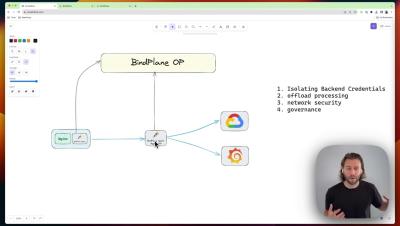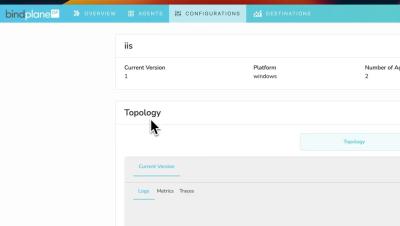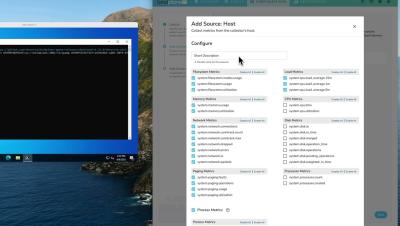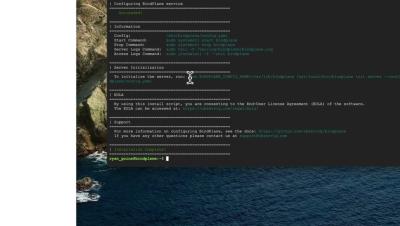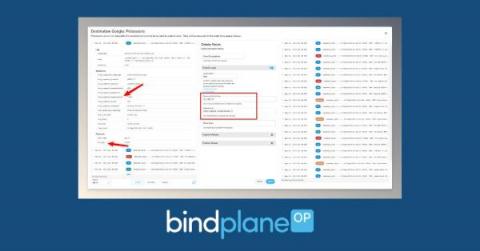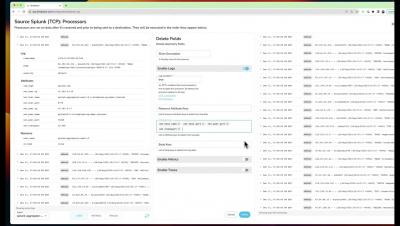How to Monitor SQL Server with OpenTelemetry
At observIQ, we've seen growing interest in observing the health of Windows systems and applications using OpenTelemetry. Requests on the SQL Server receiver continue to garner the most interest, so let's start there. Below are steps to get up and running quickly with the contrib distribution of the OpenTelemetry collector. We'll be collecting and shipping SQL Server metrics to a popular backend, Google Cloud.



